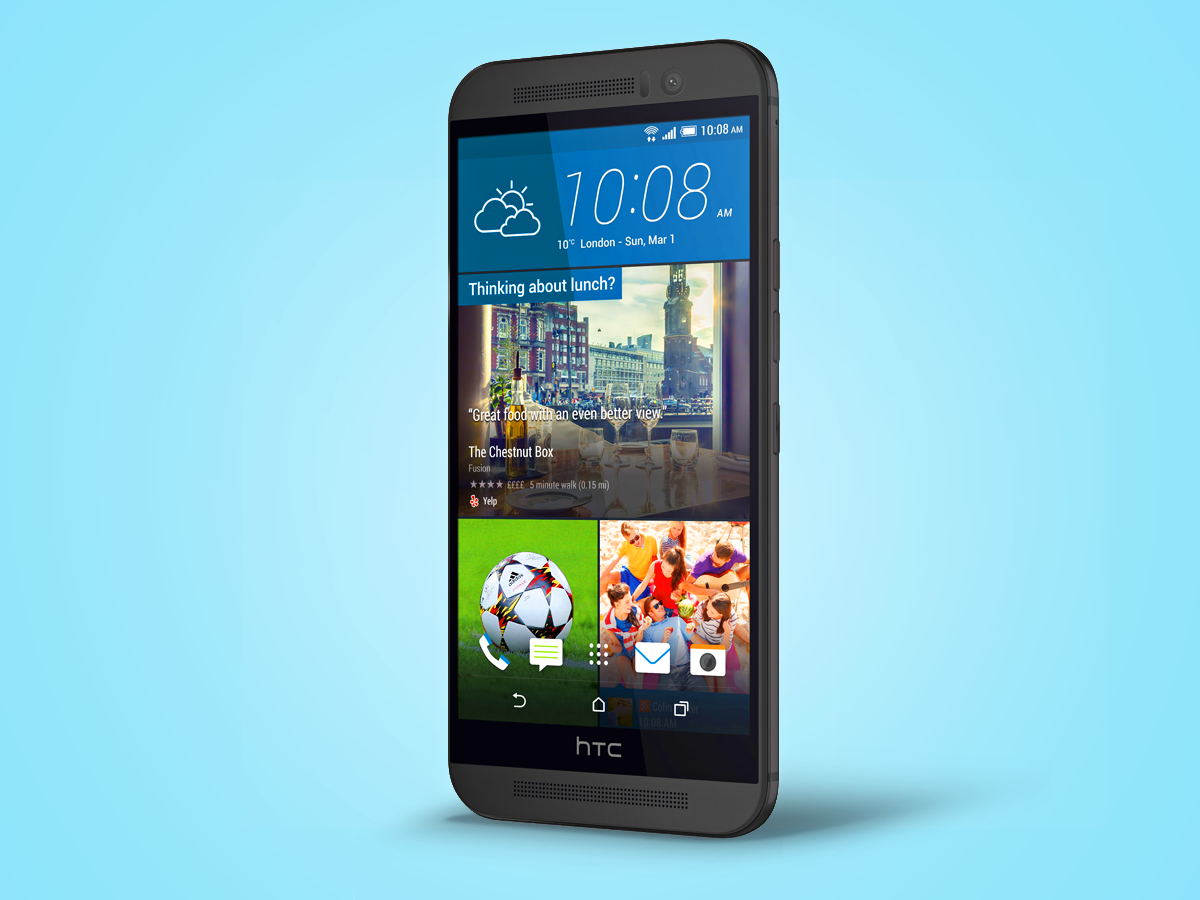
It makes more sense to use that space for physical buttons and free up the screen to show more content. Phones with virtual buttons still have bezel underneath the display. I’ve been a big proponent of virtual buttons in the past, but I’m starting to realize physical buttons are better. HTC has ditched the virtual buttons for two capacitive buttons and a combination home/fingerprint scanner.
#Htc one m9 review 2016 software#
The BoomSound software allows you to tweak the sound even more. It’s not as good as front-facing speakers, of course, but it’s still a considerable improvement over most smartphones. Instead of dual front-facing speakers they’ve placed a tweeter in the earpiece and a woofer in the bottom speaker. This was something that HTC has hung their hat on for several years. One thing that’s missing from the HTC 10’s design is the signature dual front-facing speakers. Rear: 12MP, f/1.8 aperture, laser autofocus, OIS The combination of extra thickness and reasonable screen size makes the HTC 10 one of the most comfortable phones I’ve used in a long time. At its thickest point, the 10 is thicker than the Samsung Galaxy S7 and LG G5. Another benefit of the rounded back is the phone doesn’t feel as thick as it really is. The slightly rounded back eases into the chamfer so you don’t really even feel the edges in your hand. The chamfer changes things up just enough to distinguish the 10 from previous HTC phones.Īt first glance, the chamfered edge gives the illusion that the phone would be sharp, but it’s actually very comfortable.



It’s nearly ¼-inch wide and runs around the entire back of the phone. Chamfered edges are pretty common in smartphone design, but there’s never been a chamfer this big. The HTC 10 maintains the familiar all-metal build while introducing a new design element. HTC has used a very similar design for the last few flagship phones.


 0 kommentar(er)
0 kommentar(er)
